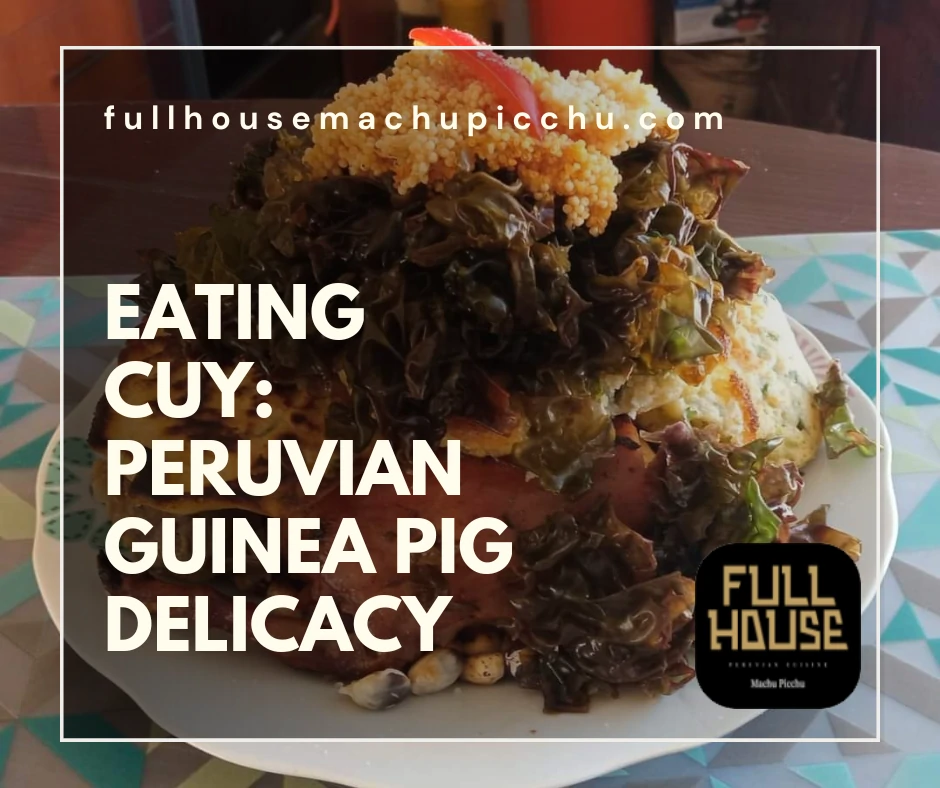The Andes, with its rich soil and ancient cultures, has birthed culinary wonders for millennia. Among them, the versatile Andean breads stand out. Each loaf tells a tale of tradition.
From the high-altitude wheat crops to the hands of skilled bakers, the journey of these breads is fascinating. They’re more than just sustenance; they’re a bite of Andean history. Dive in and savor their stories.
Ancient grains, timeless tastes: The foundations of andean breads
The Andes, a vast mountain range, is home to a plethora of grains that have sustained communities for centuries. Among them, quinoa, maize and wheat have notably marked the essence of Andean breads. These grains, once integral to Inca nutrition, continue to play a pivotal role in modern Andean diets.
Quinoa, often termed a superfood, brings a nutty flavor and rich texture. Its ancient roots intertwine with Andean history, showcasing a bond between land and people. Amaranth, although less famous, boasts a high nutritional profile, enriching Andean breads with minerals and proteins. Maize, the staple of many South American cultures, adds a unique sweetness and softness to the bread’s texture.
Incorporating these grains, Andean breads not only satiate hunger but also nourish the body. Their nutritional value, stemming from the rich Andean soils, ensures that every bite is as beneficial as it is tasty. Andean breakfasts, often composed of these hearty breads, provide the necessary energy for a day’s work in the challenging high-altitude environment.
What truly sets Andean breads apart is their marriage of tradition and nutrition. While ingredients and techniques may have evolved, the essence of these breads remains rooted in the past. This seamless blend of history and modernity makes Andean breads a symbol of cultural perseverance.
As you explore further, remember that behind each loaf of Andean breads lies an age-old story. A narrative of ancient civilizations, thriving communities, and an unbroken chain of traditions. Revisiting these stories is not just about relishing flavors but understanding the cultural significance intertwined with each grain. Dive deeper, and let Andean breads guide your palate on a historical journey.

Techniques and tantalizing textures: The baking process unveiled
The art of baking Andean breads is steeped in ancestral wisdom. With each fold and knead, traditions come alive, revealing distinct flavors and textures. The techniques involved are unique, passed down through generations.
At the heart of breads lies a meticulous fermentation process. Using natural yeasts, the dough is allowed to rest, ensuring a soft, airy texture. These fermentation practices not only enhance flavors but also improve digestibility. Another technique involves baking breads in earthen ovens, fueled by wood. This imparts a smoky aroma, a signature of many Andean breads.
Tamales and humitas, although not breads per se, share similar techniques. Both use maize as a base, encapsulating the flavors of the Andes in every bite. Their textures, too, are testament to the skill of Andean bakers. They perfectly represent the fusion of age-old methods and regional ingredients.
But what truly brings out the magic in Andean breads is the love and dedication of the bakers. Their hands, guided by years of experience, shape each loaf to perfection. It’s not just about the final product; the journey matters, from choosing the finest grains to the moment the bread is baked. Cusco’s culinary heritage is richly represented in these practices, painting a vivid picture of the region’s history.
In essence, breads are more than mere food. They are stories, narrated through textures and tastes, inviting us to partake in a culinary journey. As we bite into the soft crumb and crispy crust, we experience the Andes, its people, and their unwavering passion for baking.

From festivals to daily life: The cultural significance of andean loaves
Andean breads are more than just sustenance. They embody the rich tapestry of Andean culture, playing pivotal roles in both daily life and special occasions. Each loaf tells a story, revealing insights into the region’s history and values.
In daily routines, these breads grace breakfast tables, serving as the perfect accompaniment to Andean Breakfasts. Families gather around, sharing tales of the past while enjoying the breads’ nourishing goodness. Ingredients like maca and quinoa, renowned for their health benefits, often find their way to accompany these breads. These grains not only elevate the bread’s nutritional value but also its cultural significance.
During festivals, Andean breads transform into symbols of gratitude and celebration. They are offered to deities, seeking blessings or expressing thankfulness for a good harvest. These rituals highlight the inseparable bond between the Andean people and their lands, emphasizing the role of peruvian food in societal events. Baking during such occasions becomes a communal activity, uniting communities in celebration.
Moreover, breads are also tokens of hospitality. Welcoming a guest with freshly baked bread is a long-standing tradition, reflecting the warmth and generosity of the Andean people. This gesture exemplifies the region’s core values – community, respect, and sharing.
Andean Breads are interwoven into the very fabric of Andean society. They’re not merely food items but are cherished tokens of culture, history, and community. Whether during a grand festival or a simple family meal, Andean Breads remain a testament to the region’s rich heritage and culinary prowess.




